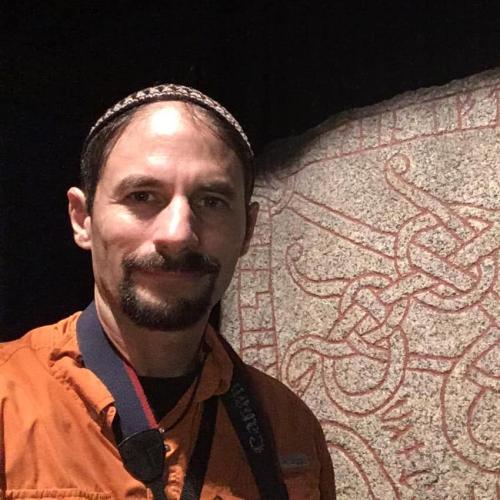
The Meerson group studies the molecular and genomic basis of chronic diseases, with a special focus on the function of microRNAs, short RNA molecules that regulate gene expression and are involved in a variety of biological pathways. Specifically, we are interested in:
1. MicroRNAs as a mechanistic link between metabolic disease, cancer, and other chronic diseases
2. Discovery of microRNA-based biomarkers of disease in body fluids
3. Transcriptomics of reproduction and development in vertebrates
4. Novel applications of Oxford Nanopore sequencing technology
Education and Research:
2013-pres MIGAL Galilee Research Institute, Kiryat Shmona, Israel. Head of Genomics lab.
2015-2022 University of Copenhagen, Denmark. Guest Researcher, BMI.
2009-2013 NIH/NIDDK (Phoenix), AZ, USA. Postdoctoral Fellow.
2003-2008 Hebrew University, Jerusalem, Israel. PhD program, Department of Biological Chemistry. PhD, 2009.
2001-2003 Feinberg Graduate School of the Weizmann Institute of Science, Rehovot, Israel. MSc program, Department of Molecular Cell Biology. MSc, 2004.
1999-2001 Hebrew University, Jerusalem, Israel. Faculty of Life Sciences. Honors Program. BSc 2002, cum laude, completed in 2 years; Dean’s list and scholarship.
Assay development:
2017-2021 Developed a qPCR-based genetic assay for establishing the sex of Russian sturgeon fish, for caviar aquaculture. The method is in commercial use by Caviar Galilee ltd. since 2021.
2017 Developed a qRTPCR-based molecular assay for assessing maize late wilt disease (published)
Teaching and Mentoring:
2017-pres Mentor to 1 PhD student, 4 MSc students, and 9 undergraduate students)
2017-pres Tel Hai Academic College, Biotechnology Department. Teaching 6 courses: Developmental Genetics (starting 2017); microRNAs/RNA World (starting 2020); Evolution, and Molecular Genetics B (both starting 2021); Practical Workshop in Genomic Lab Methods, and Big Questions in the Life Sciences (both starting 2023). Approved for promotion to Senior Lecturer.
2018-pres Tel Hai, Science Faculty. Supervisory committee member for 3 MSc students
2016-pres Tel Hai, Excellence Center. Mentored 8 high school students
Scientific Publications
Epitranscriptomic variation in banded newts (Ommatotriton vittatus) across life stages and sexes in the semi-arid habitat in northern Israel
Sex Differences in the Brain Transcriptomes of Adult Blue Gourami Fish (Trichogaster trichopterus)
Transcriptome variation in banded newt (Ommatotriton vittatus) during its life cycle and habitat transition
Volume 50, June 2024, 101203. https://doi.org/10.1016/j.cbd.2024.101203
